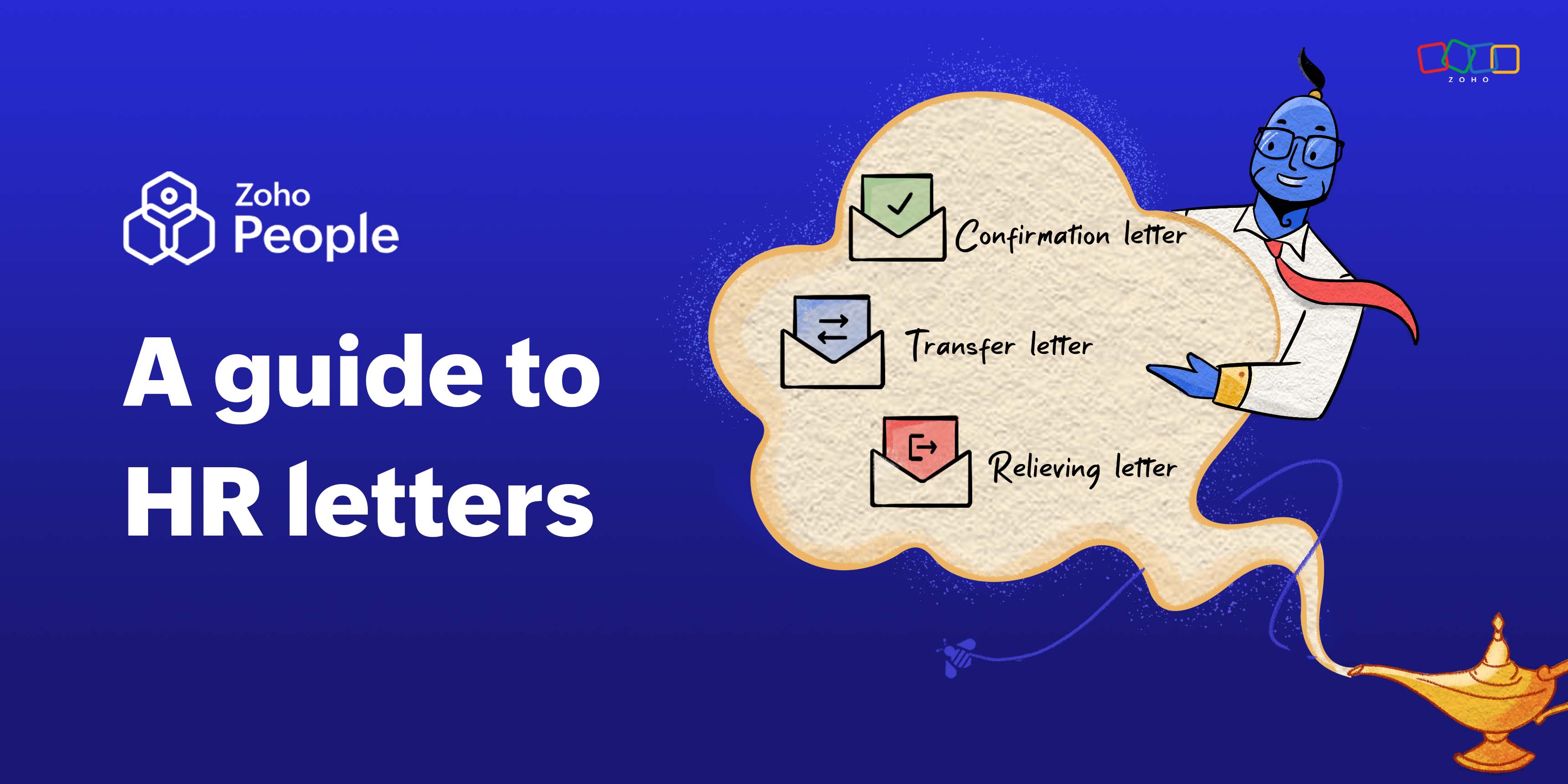- HOME
- HR insights
- Can you do payroll yourself?
Can you do payroll yourself?
- Last Updated : August 23, 2023
- 872 Views
- 4 Min Read

Payroll processing impacts several essential aspects of your business, including employee morale, satisfaction, and retention. Handling payroll may be a little intimidating if you're new to the role. After all, you'd be in charge of the money that helps people survive, and your employees will depend on paychecks being dispersed on time and without errors. However, with the right planning and execution, you can manage your organization's payroll all by yourself. You will come to understand every step involved in the process, and you will build up the trust employees have in your organization.
You can either opt for manual payroll processing or a payroll management system that automates the whole process for you. In this article, we break down the different steps involved in both manual and automated payroll processing. This way, if you're tasked with setting up a payroll system that will best suit your organization, you can have a bit more insight into what they will require.
Manual payroll processing
In this method, everything from collecting employee information to maintaining payroll records is done with paper-based processes and spreadsheets. This can be very suitable for small-sized organizations and startups with less than five employees. That said, as your organization expands, it will become more and more challenging to calculate payroll without errors simply because of the number of employees you will acquire. Nevertheless, here's how you can calculate payroll manually:
Look through all the national and regional payroll laws that affect your business. Create a document that lists the processes that must be followed to make your payroll operations consistent with these laws.
Collect all the employee information required to process payroll as dictated by your payroll laws. This could be permanent account numbers, employee identification numbers, tax IDs, or forms like W-4s, I-9s, and more. You'll have a clear idea of what you'll need for payroll processing from the first step.
Start gathering the attendance and financial data needed for payroll, such as working hours, current employee headcount, bonuses and raises processed during the pay period, reimbursement claims, and deductions and withholdings.
Validate the data collected from different sources before calculating salaries.
Calculate the employees' gross salaries. Employee working and overtime hours are often used to calculate this. After this, calculate the tax and withholding amount for each of your employees and subtract that from the gross pay to get the net pay.
Disburse employee salaries either through paper paychecks or by direct deposit into their bank accounts. Don't forget to distribute their payslips, which gives them a detailed breakdown of how their salary is calculated.
Maintain your payroll records carefully to avoid compliance issues.
If you are opting for manual payroll processing, it's better to hire a full-time payroll official who knows the ins and outs of payroll. Otherwise, there are higher chances of errors in your final payroll calculation.
Software-based payroll processing
To make payroll more efficient at a larger scale, most organizations have shifted to using cloud-based payroll management software that automates the entire payroll process. This helps you to stay compliant by making your operations consistent with changing payroll laws. All you have to do is add some basic information about your organization, prior payroll, taxes and withholdings, pay schedule, payday, and work locations. The details you include will vary based on your region. Then, you can add your employee information and assign different roles to each person. Most payroll vendors provide migration support to help you set up your account and get the process running. After your whole account is set up, you can run payroll with very minimal effort. The system will take care of calculating gross pay, tax, withholdings, deductions, and net pay, and it will also deposit salaries into employee bank accounts automatically. Your employees can view and download their payslips from the employee self-service portal.
By selecting the right payroll software that complies with your region's payroll laws and meets your payroll needs, you can take the administrative burden off your shoulders and let the system do the work.
Spreadsheets vs software: Which is right for you?
Payroll processing can be challenging if you don't understand the steps involved. Take time to learn your organizational needs and opt for the method that works the best for your budget and business size. Manual payroll operations might be better if you run a startup, have few employees, or your budget does not allow for software just yet. However, if your organization has more than five employees or if you are expanding quickly, it's better to implement a payroll management system. There are affordable options on the market geared toward SMBs specifically, and they will scale as your organization grows. This will also ensure your payroll operations are in compliance with regional and national laws no matter how many employees you have, and it will also make the process simpler and more efficient.
Zoho People, our HR software, works closely with Zoho Payroll to improve payroll operations for your organization. With our different editions, you can choose an option that suits your current budget and scale up as you expand. If this is something that would interest you, you can learn more about Zoho People's integration with Zoho Payroll.
Also Read: What are the goals of a payroll system?
 Tarika
TarikaContent Specialist at Zoho People


